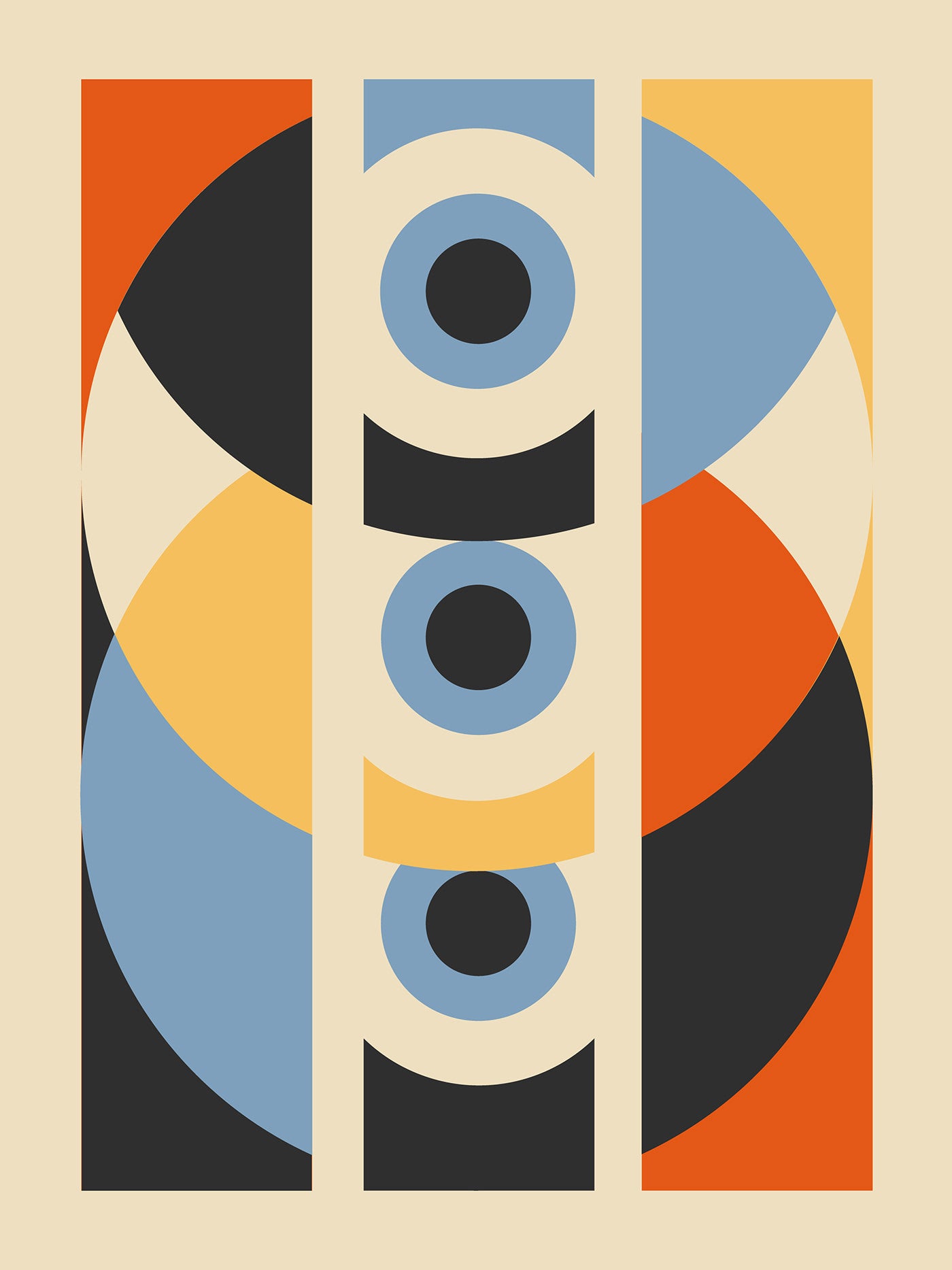
Subscribe Today
Don't miss another drop. Get The Sunday Sütible in your inbox.

News / Bauhaus Design and its Enduring Influence on Minimalism
In the early 20th century, the Bauhaus design movement emerged as a transformative force, redefining the relationship between art, technology, and society. Among its many lasting legacies, Bauhaus played a pivotal role in shaping the principles of minimalism, a design aesthetic characterized by simplicity, functionality, and a focus on essential elements.
Origins of Bauhaus Minimalism
At its core, Bauhaus was a reaction against the ornate and elaborate design styles of the past. It sought to embrace the simplicity of form, driven by a belief that function should dictate design. This fundamental principle laid the groundwork for what would later evolve into the minimalist movement. This is the cornerstone of our beliefs at Süti.
Bauhaus designers such as Walter Gropius, Ludwig Mies van der Rohe, and Marcel Breuer pioneered an aesthetic that favored clean lines, geometric shapes, and a reductionist approach to design. This emphasis on simplicity was not merely an aesthetic preference; it was a deliberate choice to make design more accessible and functional in an era marked by industrialization.
The Bauhaus Minimalist Aesthetic
In the iconic Bauhaus building in Dessau, the principles of minimalism were brought to life. The architecture itself became a canvas for minimalist expression, with its glass curtain walls and open spaces embodying the movement's commitment to the marriage of art and technology.
Bauhaus furniture exemplified this minimalist ethos. Marcel Breuer's Wassily Chair, for instance, distilled the essence of a chair to its elemental components—tubular steel and leather—stripping away unnecessary ornamentation. Ludwig Mies van der Rohe's Barcelona Chair, with its sleek lines and harmonious proportions, became an epitome of minimalist elegance.
The Bauhaus Diaspora and the Spread of Minimalism
The closure of the Bauhaus school in 1933 due to political pressures did not diminish its impact; instead, it dispersed its principles globally. Many Bauhaus artists and architects, seeking refuge from the Nazi regime, found new homes around the world, particularly in the United States.
In the post-war era, the principles of Bauhaus design found fertile ground in the United States, influencing the burgeoning modernist movement. Architects like Walter Gropius and Mies van der Rohe, who had been associated with Bauhaus, brought their minimalist sensibilities to American architecture.
Minimalism, as a distinct movement, gained prominence in the mid-20th century. Artists such as Donald Judd, Agnes Martin, and architects like John Pawson drew inspiration from the Bauhaus ethos of simplicity and functionality. The minimalist movement, with its emphasis on clean lines, neutral colors, and the removal of unnecessary elements, echoed the spirit of Bauhaus design.
Contemporary Relevance of Bauhaus Minimalism
Today, the influence of Bauhaus minimalism is pervasive. In architecture, minimalist design principles can be seen in the sleek lines and open spaces of modern buildings. The minimalist aesthetic extends to interior design, with its focus on decluttered spaces and a neutral color palette.
In graphic design and typography, the legacy of Bauhaus lives on. The movement's emphasis on clear communication through design, the use of sans-serif fonts, and the reduction of visual elements to their essential components remain guiding principles in the digital age.
Bauhaus design, with its emphasis on simplicity, functionality, and the marriage of art and technology, laid the foundation for the minimalist movement. The principles that emerged from the Bauhaus school continue to shape contemporary design, influencing everything from architecture to furniture and graphic design and even phone cases! Or lack thereof, i.e. PhoneBacks. In a world increasingly characterized by complexity, the timeless appeal of Bauhaus minimalism endures as a testament to the enduring power of simplicity and the profound impact of a movement that sought to redefine the very essence of design.